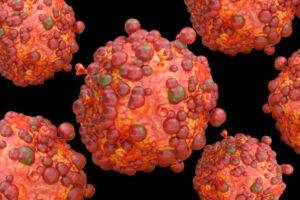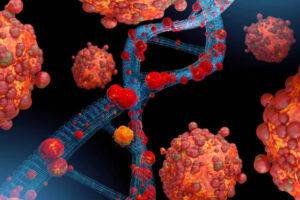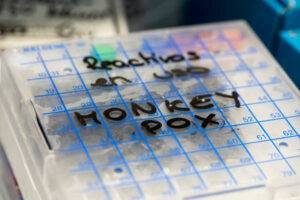Monkeypox Update for child care and school settings
Based on the epidemiologic information we have so far and according to the CDC, the risk of monkeypox to children and adolescents in the United States is low.

CDC currently recommends vaccination for the following groups:
-People who have been identified by public health officials as a contact of someone with monkeypox.
-People who know one of their sexual partners in the past 2 weeks has been diagnosed with monkeypox
-People who had multiple sexual partners in the past 2 weeks in an area with known monkeypox
Should a teacher, parent, or student with a rash get tested for monkeypox?
1-There are other viral illness that can cause rash and fever
2- Call your healthcare provider if your child develops fevers and a rash
3- Every setting should have standard illness policies
4. All Adults should understand the symptoms of monkey pox
What should adults with monkeypox symptoms do?
-Avoid close contact, including being intimate with anyone, until they have been checked out by a healthcare provider.
-Go to the nearest public health clinic if they don’t have a provider or health insurance.
-Wear a well-fitting mask when they see a healthcare provider

Should I get tested if I have been exposed to someone with monkey pox? There is no routine testing for monkeypox at this time unless one develops symptoms that are associated with monkeypox infection or has known exposure to monkeypox.
1. Follow isolation and prevention practices until the rash can be evaluated by a healthcare provider.
2. Get tested for monkey pox if recommended by the healthcare provider.
3. Isolate while you are waiting for your test results. What if someone in my setting has monkeypox?
1. The childcare/school setting should follow their daily protocol to reduce the transmission of infectious diseases. 2. Clean the classroom/space: where the person with monkeypox spent time
3. Focus on disinfecting items and surfaces that were in direct contact with the skin of the person with monkeypox. 4. Items that cannot be cleaned, disinfected, or laundered should be thrown away.
5. Children, staff (other than those who are cleaning and disinfecting), and volunteers should not enter the area until cleaning and disinfection is completed.

When can someone with monkeypox return to a childcare/school/early learning setting?
1. People with monkeypox should isolate until all scabs have fallen off, and a fresh layer of healthy skin has formed. It could take as as long as 4 weeks after symptoms began.
2. Caregivers should work with their healthcare provider and the department of health to decide when their child can return to the educational setting.
Should we allow someone in our setting who has been exposed to monkeypox ?
According to the CDC, Children, staff, and volunteers who are exposed to a person with monkeypox do not need to be excluded from an educational setting in most cases. In some cases, if contact tracing may not be possible and there was a high degree of exposure, the health department may consider limiting an person’s participation in activities. The CDC also has recommendations for congregate settings.
What should parents do if their child was exposed to monkeypox? Children and adolescents who are exposed to monkeypox should be monitored for symptoms for 21 days.
When monitoring a child for illness following exposure to monkeypox:
Check the child’s temperature daily and perform daily full-body skin checks for a new rash
Inspect the inside of the mouth for any sores or ulcers on young children.
In older children and adolescents, parents can help with inspection of the mouth and exposed skin areas that may be difficult for the child or adolescent to see (back of neck, arms, legs).
Monitor for rash or pain in areas covered by clothing, including the genitals.
If a child or adolescent develops symptoms while at home, the parent or caregiver should contact the local health department and their healthcare provider. The child should not return to the educational setting until assessed by a healthcare provider.
What should a parent with monkeypox do if they cannot isolate from their children? If there is another adult in the household without monkeypox, they should serve as primary caregiver, if possible.
If a child cannot be completely separated from the parent or caregiver with monkeypox, the parent or caregiver should continue to care for their child with prevention practices.
The caregiver should cover their rash with clothing or gloves, wear a well-fitting mask If the child is 2 years of age or older, they should wear a well-fitting mask or respirator during interactions with the parent or caregiver.
Make sure to clean and disinfect surfaces, floors, and shared items used by the person with monkeypox.
Resources: https://www.cdc.gov/poxvirus/monkeypox/community/school-faq.html https://www.cdc.gov/poxvirus/monkeypox/clinicians/infection-control-home.html

Leave a comment